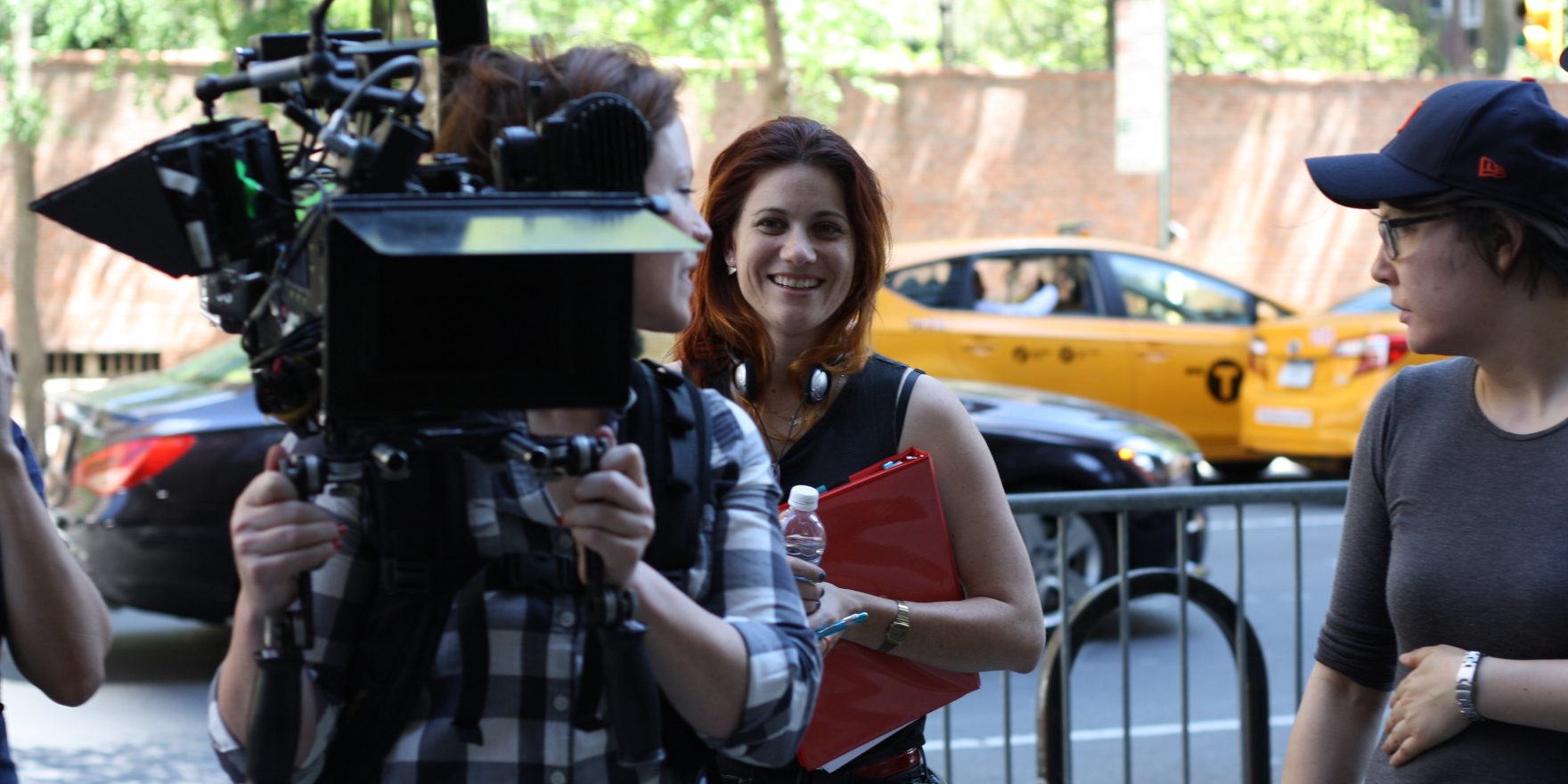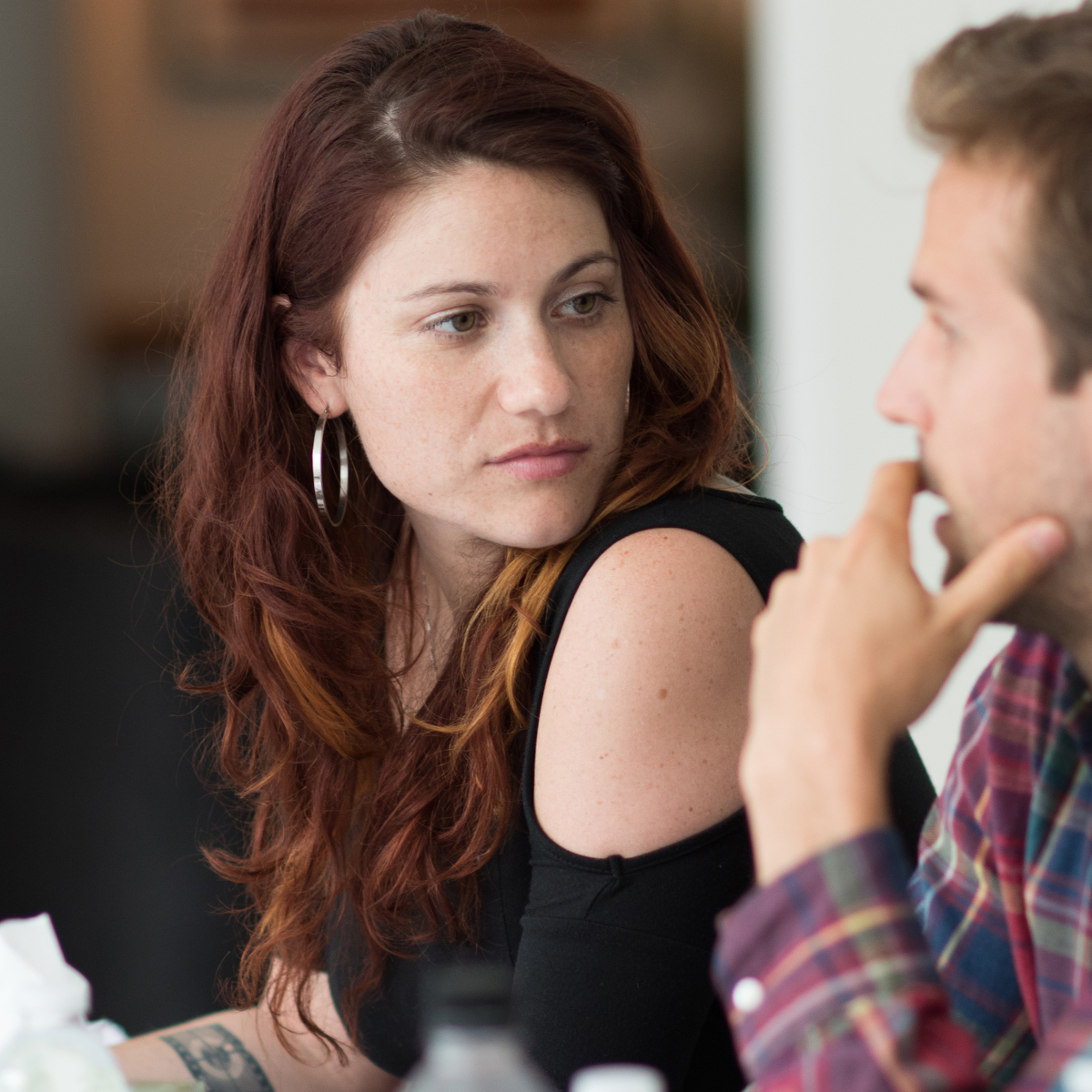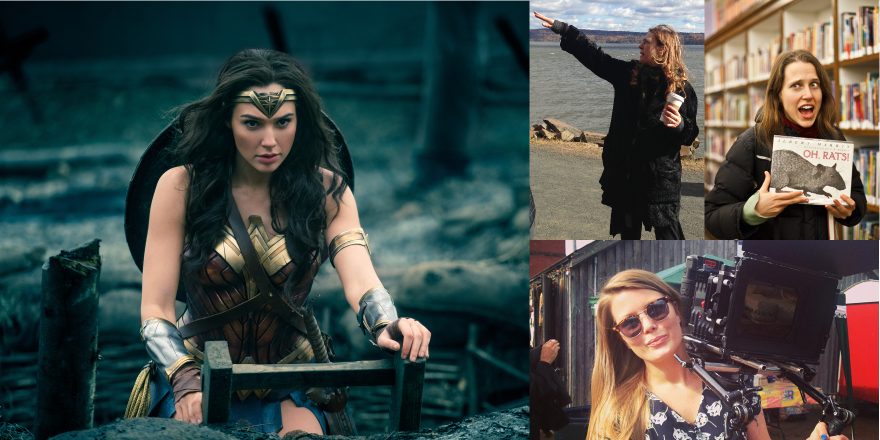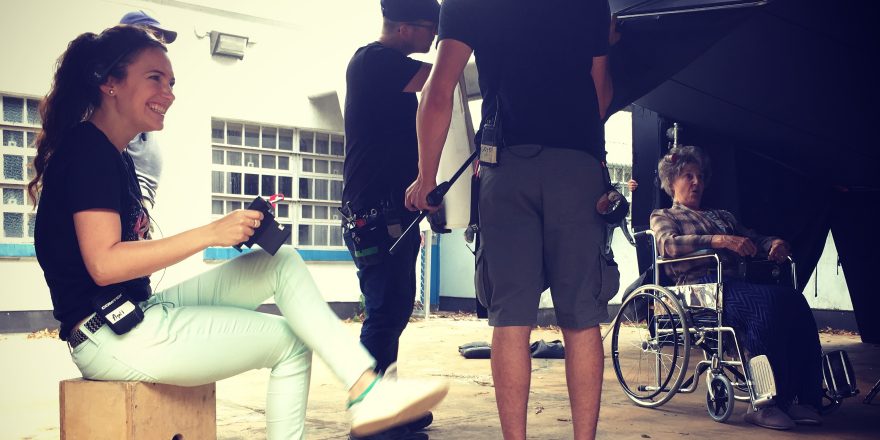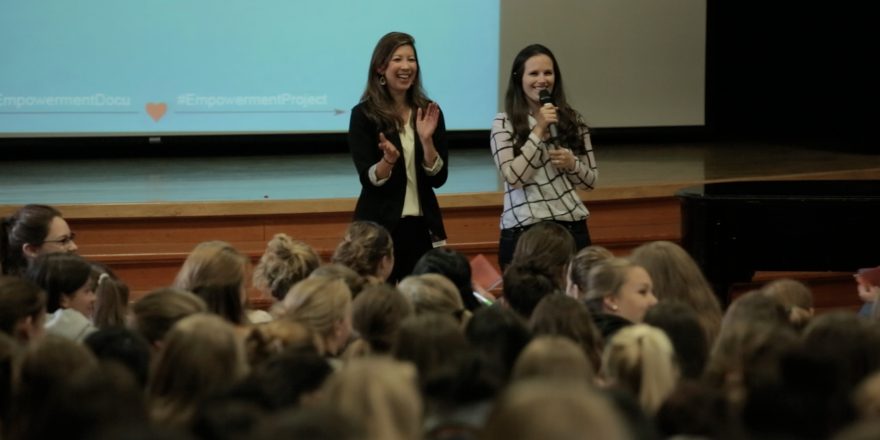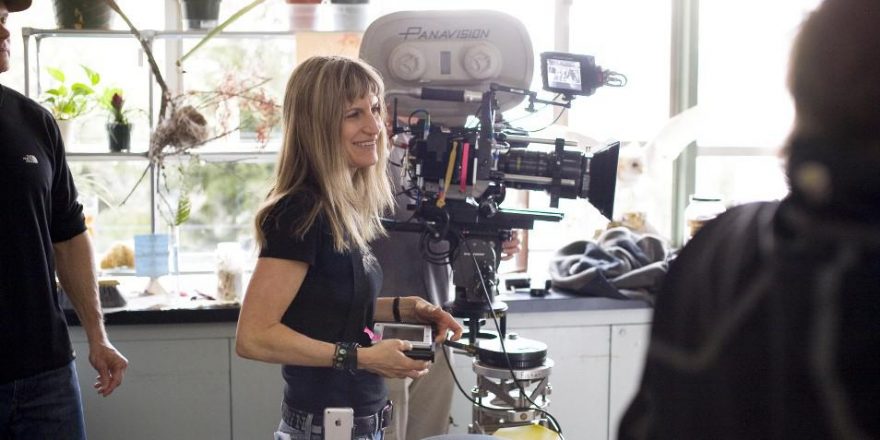The memorable moments in films are the ones that make us laugh till our sides hurt, cry till we run out of Kleenex, audibly gasp, or experience a jolt of shock, or awe, or terror, or joy, or all of the above. Even the hardest of beings amongst us seem to crave these heartbreaking, thought-provoking, breath-holding moments on the big screen, for our emotions to be stirred, invigorated, conjured and manipulated. Film’s ability to deliver that emotional magic is a huge reason why the movie business is a $120 billion industry.
Considering that filmmakers are in the emotion business, I often find myself wondering how on earth women have been so deliberately ignored, passed over and dismissed from a profession that seems so naturally suited to the core of their very beings. It seems utterly bizarre to me during the exact same era when you had men arguing that women were a problematic presence in the workplace due to their “emotional” and “irrational” behavior, you also had the rise of the “Golden Age of Hollywood” and the development of a new coveted profession: the film director. Here is a vocation which is celebrated in large part due to its ability to render and capture emotion, and yet the gender that is “too emotional” still only has seven percent of the pie, even in 2017? Patriarchy sure is a cunning and duplicitous social system. As one of my heroes, Transparent creator Jill Soloway, said in her AFI keynote address: “How in the world did men convince us that feelings are their specialty? Feelings are our thing.” It is long overdue that we turn those age-old stereotypes and biases around, and not simply for the sake of gender parity and equality, but because female-driven filmmaking makes for great cinema.
I don’t know about you, but I am quickly growing weary of the Hollywood summer blockbuster. I feel like if you’ve seen one, you’ve seen them all. It has been a very long time since a Superman or a Batman or a Transformers showed me anything new and refreshing. The plots are predictable, the dialogue is cheesy and the performances are being phoned in (largely because of the plot and dialogue deficiencies). And it seems like the audiences (and ROIs) agree, as Hollywood just had its worst summer in more than a decade. I believe the reason we are seeing so many of these “too big to fail” superhero blockbusters take home less and less profits every year, is precisely because they are forgetting about the very magic that gets people to go to the theater in the first place. They have put an emphasis on the cameras, the resolutions, the lighting, the latest computer graphics and green-screen technology, the abdominal muscles and perfectly coiffed hair, and have forgotten how to make people laugh and cry.
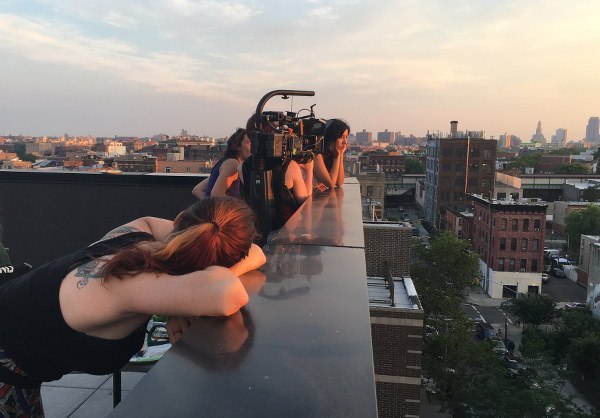
Now that is not to say that you can’t find a happy medium. For instance, I believe the reason why Wonder Woman did so well at the box office this year is not just because theater-going audiences have been craving a woman superhero character, but because of the way Patty Jenkins chose to tell the story: with a focus on emotion and character at the forefront. Men and women found themselves crying, and laughing, and cheering at the screen during Wonder Woman, because they were witnessing a feminist form of filmmaking, one that is in touch with human emotions. When you read articles about Jenkins’ approach to directing, literally getting in the trenches with Gal Gadot, creating an environment on set where everyone felt heard and knew their opinion counted, it is no wonder this film worked so well and was heralded as a fresh approach to the countless superhero films that are saturating the market. The female gaze pays off, and not just in dollars and cents!
In my opinion, one of the director’s most important responsibilities is to make actors feel comfortable exploring the depths and range of their emotions. I have been on numerous sets where I saw the director getting so caught up in the cinematography, or producing, or sidetracked by a technical aspect, that they left their actors flailing and treading water with very little guidance as to how to get back to shore. You’re never going to get to the core of an actor that way. Getting spine-tingling performances is all about the approach; in that regard, I think many directors have lost touch with their craft. For me, it is essential to create an environment that is open, equal, empathetic and free from judgement, and I believe that doing so naturally leads to incredible results.
I practiced what I’m preaching and used feminist filmmaking techniques while making my first feature film, The Light of the Moon, which was filmed over 16 days in New York City in June 2016. A first feature film is a career-defining moment, and I have been gearing up to for this moment over the past 20 years by gaining experience and doing my fair share of earning-my-stripes (i.e. shit-kicking) production jobs. During this time, I worked mostly with XY directors, but also a handful of XX directors, and I gathered the data and took note as to how I would like to run my sets in future. There is quite often a toxic culture on movie sets, where there is a strict hierarchy – with the lead actors, director and producers sitting at the untouchable pinnacle. Often, the ones sitting in the chairs do not even learn their hard-working crew members’ names nor greet them at the start of the day. Tell me, how do you expect to connect with your audiences when you’re not even attempting to connect with the crew who are responsible for fulfilling your vision?
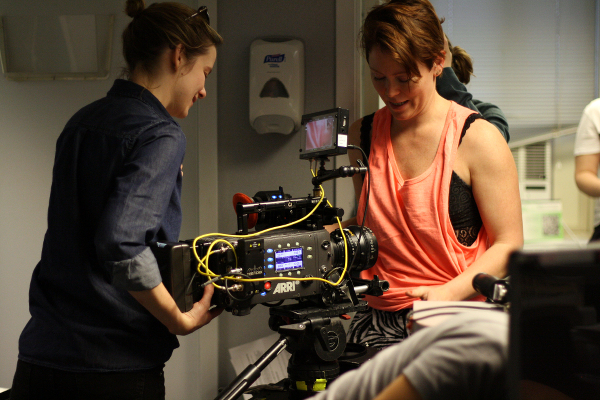
Filmmaking is a collaborative art – that’s what I love so much about it – and I don’t ever want a production assistant of mine to go home dreading showing up to work the next day! I observed that when the set was less of a dictatorship and more of a socialist “feminist” system, the resulting art and performances on screen turned out to be more open, honest, raw and, arguably, better. And I truly believe it is because everyone from the P.A.s to the producers felt like they had contributed to the art in some way. If I could create that trust, empathy and openness on my set, I knew it would translate to the screen and reach the audiences.
First and foremost, for The Light of The Moon, we employed a woman-majority and minority-majority crew, to make sure we evened out the playing field. I am a big fan of Jill Soloway’s words, “If you can’t cry, you’re a liability. If you can’t cry, you can’t feel and if you can’t feel, you better not be holding my camera.” Especially considering the plot of the film was about a woman recovering and piecing her life back together after a sexual assault, I knew I wanted to create an environment where people were free to run the gamut of their emotions, and I felt being an equal-opportunity employer was the best place to start.
My producers and I decided to put in place several seemingly small rules that we felt would make our set more open, equal and safe. My producing partner, Carlo Velayo, and I ensured that all the cast and crew had the opportunity to meet each other before day one of production. I have always found it bizarre that crews meet each other for the first time on day one of production, and are then expected to film for 10 hours and immediately work like a well-oiled machine. To me, it always seemed like a recipe for disaster and counterintuitive to the goal. On The Light of the Moon, we also started day one in a circle, with introductions to all the cast and crew, and a little motivational speech by yours truly. We began and ended each day with greetings and embraces. The lead actors took the time to know every crew member’s name. And I ensured that there was no fear of approaching me or any of the other key personnel. (I always hated when I was a P.A. and producers and directors would click their fingers at me, because they’d forgotten my name, and demand me to grab something for them.)
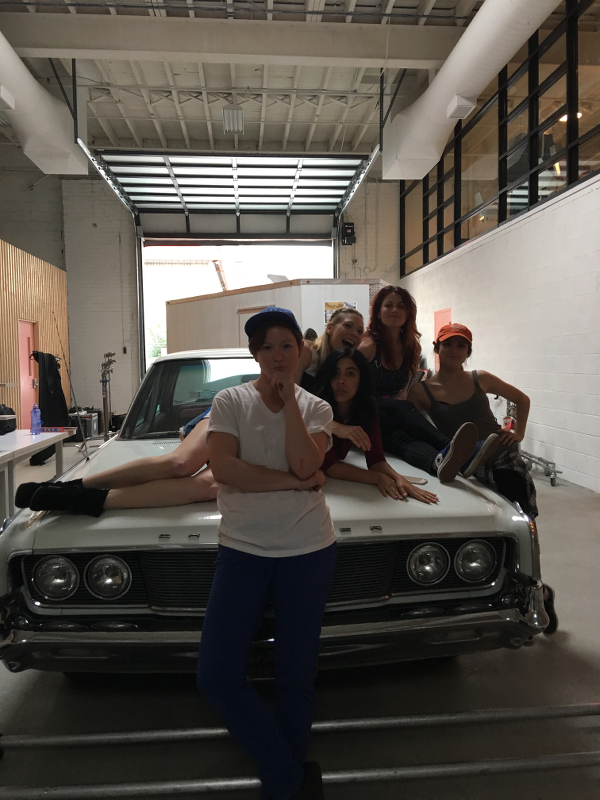
We were all in this together, we were all making art together. I feel the dynamic we created on set allowed the actors to trust the people around them and to feel free to connect with their own emotional rawness, and that this translated to some powerful performances on screen. This is precisely what I think is “feminist filmmaking.” And that is what I believe we need more of in filmmaking, for the sake of the story, the craft and the audiences.
So, to all the executives out there: do not just pay women lip service and only hire us to fill up your parity quota, or think you’re doing us a favor by throwing a few rom-coms our way; hire us to do your audiences a favor and to create damn good art. And, if money is all that makes you tick, take note of the words of Stephan Paternot, the CEO of online film financing marketplace Slated:“The data is saying, if you’re really in this just to make a return on your capital, you should be betting on women.” So, bring on the new wave of feminist filmmaking! Bring on the female gaze!
All images courtesy of Jessica M. Thompson



